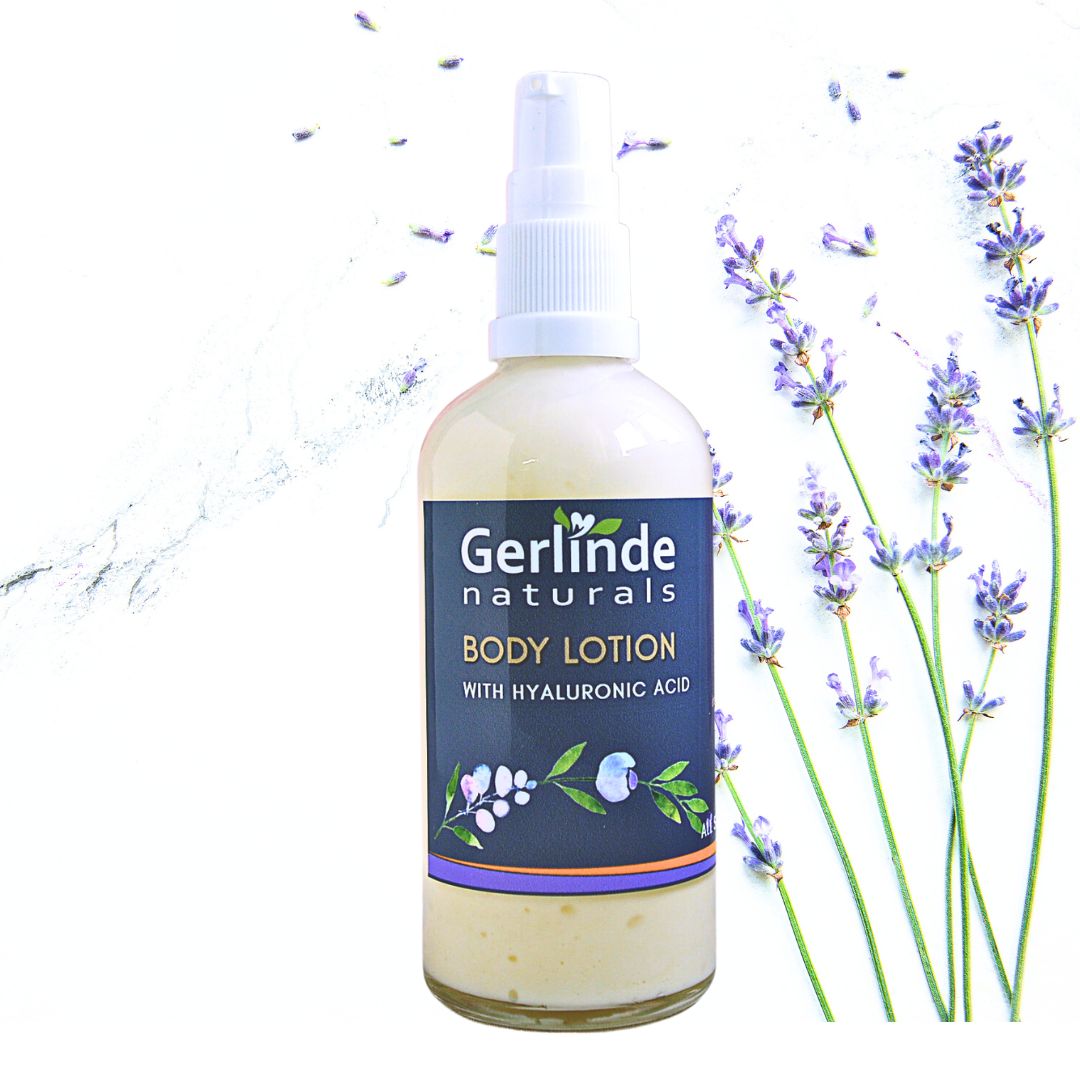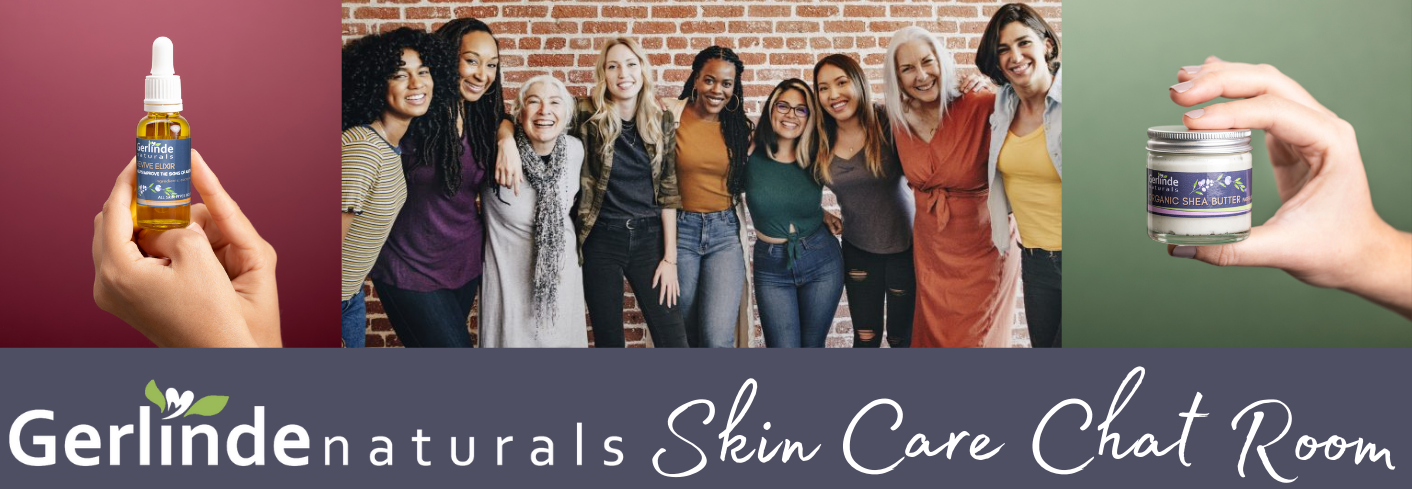Ingredient Spotlight - Hyaluronic Acid

Around 50% of the HA found in our bodies is in the skin, connective tissue and eyes. Its main function is to retain water to keep your tissues well lubricated and moist.
Hyaluronic Acid is also a humectant
which is a category of skincare ingredients that are hygroscopic, meaning they draw moisture from their surroundings. It is capable of binding over one thousand times its weight in water.
Humectants are often found in water-based moisturisers, serums and other leave-on skincare products because of their ability to help boost hydration for all skin types.
HA is primarily produced biotechnologically
in a laboratory using bacterial cultures to start a process called biofermentation.
So, what does Hyaluronic Acid do for skin?
When we are young, our skin can hold onto water and retain a balanced amount of moisture, but it loses this ability as we age. The production of key substances in the skin, including Hyaluronic Acid (along with collagen and elastin) decreases. As a result, our skin loses volume, firmness, pliability, hydration and plumpness. Hyaluronic Acid’s moisture-binding characteristic is exceptionally important when it comes to skin ageing.
The science-based magic lies in Hyaluronic Acid’s ability to replenish a LOT of moisture. One gram of Hyaluronic Acid can hold up to six LITERS of water!
Hyaluronic Acid can enhance moisture content beyond comparison. It also revitalises the skin’s outer surface layers, so they look and feel softer, smoother. This instantly improves the appearance of fine lines and wrinkles.
Hyaluronic Acid is definitely one of the best ingredients you can use for dehydrated or drier skin. As it is found in a lot of moisturisers, you may not need an entirely separate serum or treatment.
When you apply a Hyaluronic Acid serum or moisturiser to your skin
it acts like a sponge by attracting moisture to boost hydration on the surface of skin. The moisture that Hyaluronic Acid attracts comes from your external environment, so it absorbs moisture from the air around you to leave skin plump and hydrated.
Like most skincare products, you are going to see the best results if you use Hyaluronic Acid regularly.
A useful trick to remember is that Hyaluronic Acid is best applied to slightly damp skin, as it is a molecule which retains moisture – so try applying these products straight out of the shower or after washing your face or after Toner.
Then, make sure to follow up with a moisturiser or face oil to keep everything locked in.
This is a brilliant example of skincare layering, which – despite sounding a bit pro-level beauty – is actually just a fancy way of saying slathering your products on in order of cleansers and thinnest formulas and then following up with thicker, richer products. See my Blog Post "How to layer your Skin Care Products"
Why is it called an acid if it doesn't exfoliate the skin?
Don't let the name fool you. Even though it's called an acid, HA is the complete opposite of glycolic, lactic and salicylic acids, and won't exfoliate dead skin cells. The name simply derives from the enzyme that synthesises Hyaluronic Acid, called 'Hyaluronic Acid Synthase'.
Topical HA has many positive attributes
It is generally well tolerated; it does not frequently cause allergic reactions or irritate sensitive skin. It is also safe to use on the skin during pregnancy and while breastfeeding.
Hyaluronic Acid and Sodium Hyaluronate
In addition to Hyaluronic Acid, you may have seen the similarly named Sodium Hyaluronate on a skincare product’s ingredient list. Not surprisingly, these two ingredients are related: Sodium Hyaluronate is a salt that is derived from Hyaluronic Acid. Sodium Hyaluronate is helpful in the same way that Hyaluronic Acid for skin is, but with one extra advantage, the skin absorbs it more easily than it does Hyaluronic Acid.
Does that mean that Sodium Hyaluronate is better than Hyaluronic Acid? No! In fact it is great if products such as Hyaluronic Acid moisturisers and creams contain both forms of the ingredient, so your skin can reap the benefits on multiple levels. There are some products on the market that contain both ingredients, but because Hyaluronic Acid is more expensive, Sodium Hyaluronate shows up more often in skincare products.
Following are the 3 products in my Gerlinde Naturals Skin Care range which I have formulated with Hyaluronic Acid. They have been a staple for many of my customers for over 10 years.
Please join me over at my new Facebook Skin Care Chatroom



